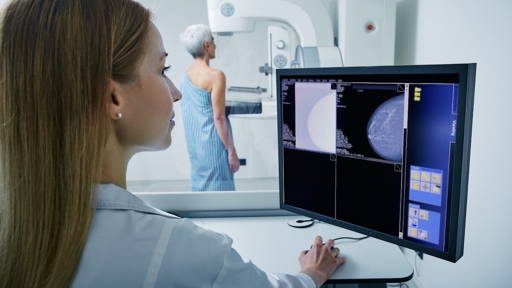An innovative 3D-printed brain model, developed by researchers at POSTECH in South Korea, could represent a major breakthrough in understanding and early detection of neurodegenerative diseases such as Alzheimer's and Parkinson's. The Bioengineered Neural Network (BENN) uniquely mimics both the structure and function of the human brain, opening up new possibilities for preclinical research and testing treatment strategies in a controlled laboratory environment.
The BENN model differs from existing 2D cell cultures and organoids in its three-dimensional structure and realistic tissue compartmentalisation. The model is composed of separate parts that mimic the grey and white matter of the brain, with neuronal cell nuclei in the grey matter and aligned axons in the white matter. Using electrical stimulation, the researchers were able to direct axonal growth in specific directions, creating functional neural networks that closely resemble natural signalling pathways in the brain.
Clinical relevance tested
To test the model's clinical relevance, the researchers investigated how moderate alcohol consumption affects brain function. For three weeks, the model was exposed daily to ethanol at a concentration comparable to social drinking. The results are striking: increased levels of Alzheimer's-related proteins, such as amyloid beta and tau, were measured in the grey matter. Deformations and swelling of nerve fibres were observed in the white matter. In addition, signal conduction between neurons was found to be demonstrably weakened.
According to Professor Cho, the BENN model makes it possible to monitor electrophysiological processes in the brain in high resolution and in real time. ‘We can now analyse region-specific neurotoxicity much more accurately, bringing us closer to effective prevention and treatment.’ Professor Jang adds: ‘This is an essential step towards unravelling the early mechanisms behind brain diseases.’
The technology offers prospects not only for fundamental neurological research, but also for the development of personalised therapies and the accurate prediction of treatment outcomes. This makes the BENN platform a promising addition to the tools for preclinical research in neuroscience and precision medicine. The research has been published in the International Journal of Extreme Manufacturing.
3D technology for Alzheimer's research
Earlier this year, it was announced that researchers from the same POSTECH had developed an innovative 3D model that accurately mimics the blood-brain barrier (BBB). This model, constructed from a bio-ink based on pig brains, spontaneously forms a double-layer structure that mirrors the human BBB. It provides an advanced platform for studying neuroinflammation and the role of the BBB in neurodegenerative diseases such as Alzheimer's.
And in 2024, researchers at the University of Wisconsin-Madison developed a groundbreaking 3D bioprinting technique that can print functional human brain tissue. Unlike previous vertical printing methods, they print stem cells horizontally in a gel medium, allowing the cells to organise themselves into neural networks that communicate with each other. This model contains both neurons and glial cells and offers new possibilities for studying neurological disorders such as Alzheimer's and Parkinson's. Although the technique is promising, the researchers acknowledge that the complexity of the human brain cannot yet be fully replicated.









